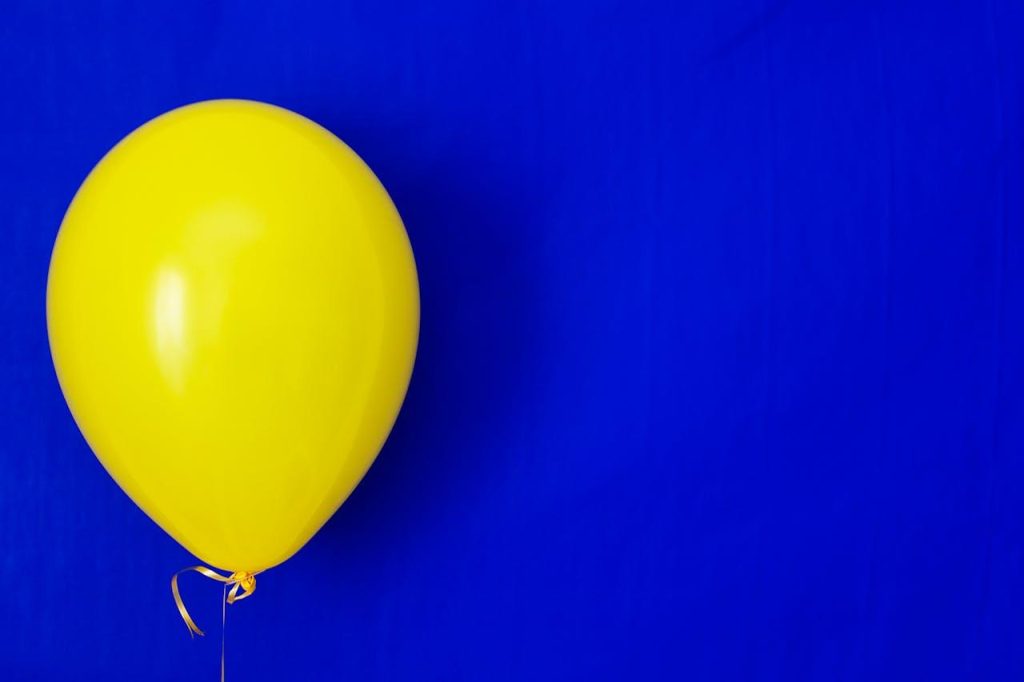
Visual contrast is not merely about the brightness or darkness in images. It is a profound element that shapes our perception, emotion, and understanding of art. By diving into the dynamics of shadows and light, we can uncover the intricate ways by which artists manipulate contrast to convey messages and evoke emotions.
The Essence of Contrast in Visual Arts
Contrast in art is a very powerful tool. It creates visual interest and guides the viewer’s eye to the focal points of the artwork. One artist who mastered this was Hajime Sorayama, whose work often juxtaposes intense darkness against bright highlights, portraying futuristic scenes with a unique aesthetic. This use of contrast can be seen as a metaphor for the human condition, highlighting the interplay between technology and nature.
Historical Perspectives on Contrast
Historically, artists have employed contrast to draw attention and evoke particular feelings. From the chiaroscuro techniques of Renaissance painters like Caravaggio to the bold separation of colors and shadows in modern cinema, contrast has always been a central element in artistic narration. By exploring how these techniques have evolved, we can appreciate the continuity and change in the usage of light and shadow over time.
Contrast in Photography
In photography, contrast dictates the mood of the image. Higher contrasts suggest a feeling of drama and tension, while lower contrasts convey softness and subtlety. Photographers play with shadows and highlights to balance the visual impact of their pictures, ensuring that the subject stands out, yet retains harmony with the surroundings.
The Psychological Impact of Contrast
The manipulation of light and shadow can directly influence how viewers perceive art. High contrast images are often perceived as more dynamic and potent, evoking stronger emotional responses. This psychological impact is crucial in advertising and film, where creators aim to make a memorable impression.
Contrast in Digital Art and Animation
In digital arts and animation, contrast serves as a pivotal tool for creating visual depth and dimensionality. Artists meticulously adjust the brightness and darkness to simulate a three-dimensional experience within a two-dimensional framework.
This technique is not just about altering visual perception; it’s a strategic element in character design and scene setting that enhances narrative depth. High contrast can accentuate a character’s emotions or highlight a focal point in a scene, guiding the viewer’s eye and enhancing the storytelling impact. Conversely, a more subdued contrast might be used to create a mood of mystery or uncertainty.
Using Contrast in Personal Art Projects
Experimenting with contrast can bring a new dynamic to personal art projects. Try altering the lightness and darkness in your drawings or paintings to see how it changes the story or emotion of the piece. This approach is about playing with perception and seeing how far your creativity can take you.
Technological Advances in Contrast Enhancement
The advent of digital technology has revolutionized the way artists manipulate contrast. Software tools provide precise control over contrast settings, allowing artists to achieve effects that were once impossible. This section could explore cutting-edge techniques in digital editing, such as HDR (High Dynamic Range) imaging, which combines multiple exposures to create a single image with a greater range of luminosity. Discussing these technological advancements not only educates readers but also connects historical contrast methods with modern capabilities, emphasizing the evolving nature of artistic tools.
Contrast in Therapeutic Art Practices
Contrast in art isn’t just a tool for visual storytelling or aesthetic enhancement; it also plays a significant role in art therapy. This section could delve into how varying levels of contrast can affect mood and cognitive responses, which therapists use to help clients express hidden emotions or confront psychological challenges. Highlighting case studies or research findings on the therapeutic effects of creating art with different contrast levels can offer readers a unique perspective on the practical applications of contrast beyond artistic and commercial contexts. This aims to broaden the understanding of contrast’s impact, linking it to well-being and personal growth.
Activate Your Artistic Perspective
Understanding and utilizing the power of contrast in your creations can transform ordinary works into captivating pieces. Whether you are an aspiring artist or simply a lover of art, it pays to explore how shadows and light interact. Let this knowledge inspire you to perceive and create art that not only looks good but feels profound. Dive into the world of contrast, and let it enlighten your artistic journey.

